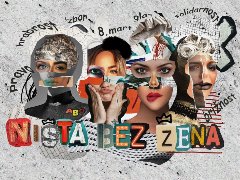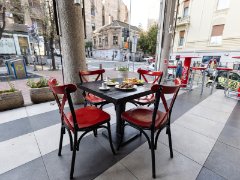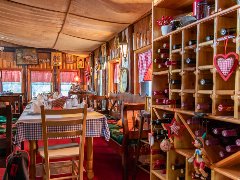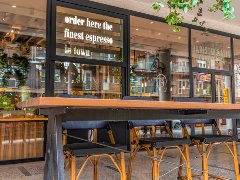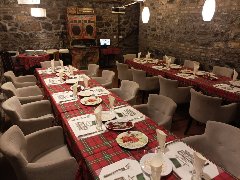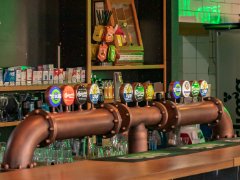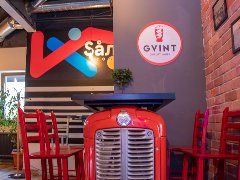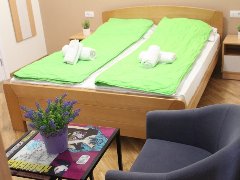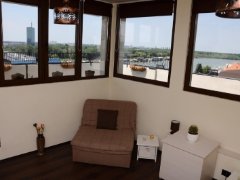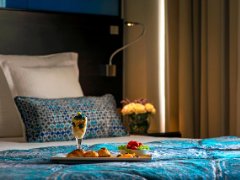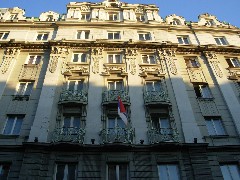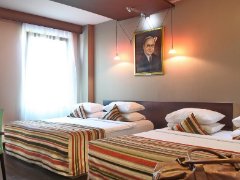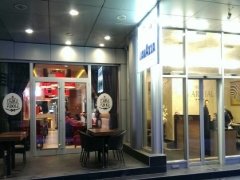
CLOSED OPENS IN 28 MIN
Manak's house was built about 1830 in Savamalska Street, on the old road that connected Varos-kapija and the old Belgrade quarter of Savamala. One of the owners of the house was Manak Mihailovic, an Aromanian (Tsintsar or Cincar) immigrant from Macedonia, after whom Manak's house got its name and kept it to this day.
The irregular shape of Manak's house base is conditioned by the shape of the plot on which it is built. The house was built in a brick construction and consists of a cellar built of stone, ground and one floor. On the ground floor there were tavern and baker's shop, and on the first floor there was a living space. Manak's house is one of the rarely preserved objects of residential Eastern Balkan architecture in Belgrade.
Manak's house became a museum after conservation and restoration works in the period from 1964 to 1968, all for the needs of the accommodation of the Ethnographic Memorial Collection by Hristifor Crnilovic. On the first floor of Manak's house a permanent exhibition titled "National costumes and jewelry of the Central Balkan region from the 19th and the first decades of the 20th century" was set up. Exhibits of the Shopi, Morava and Vardar complex are on display. On the ground floor of Manak's house, there is a gallery space for occasional exhibitions and various programme activities inspired by Serbian traditional culture (concerts, lectures, courses of old crafts).
Manak's house was built about 1830 in Savamalska Street, on the old road that connected Varos-kapija and the old Belgrade quarter of Savamala. One of the owners of the house was Manak Mihailovic, an Aromanian (Tsintsar or Cincar) immigrant from Macedonia, after whom Manak's house got its name and kept it to this day.
The irregular shape of Manak's house base is conditioned by the shape of the plot on which it is built. The house was built in a brick construction and consists of a cellar built of stone, ground and one floor. On the ground floor there were tavern and baker's shop, and on the first floor there was a living space. Manak's house is one of the rarely preserved objects of residential Eastern Balkan architecture in Belgrade.
Manak's house became a museum after conservation and restoration works in the period from 1964 to 1968, all for the needs of the accommodation of the Ethnographic Memorial Collection by Hristifor Crnilovic. On the first floor of Manak's house a permanent exhibition titled "National costumes and jewelry of the Central Balkan region from the 19th and the first decades of the 20th century" was set up. Exhibits of the Shopi, Morava and Vardar complex are on display. On the ground floor of Manak's house, there is a gallery space for occasional exhibitions and various programme activities inspired by Serbian traditional culture (concerts, lectures, courses of old crafts).


